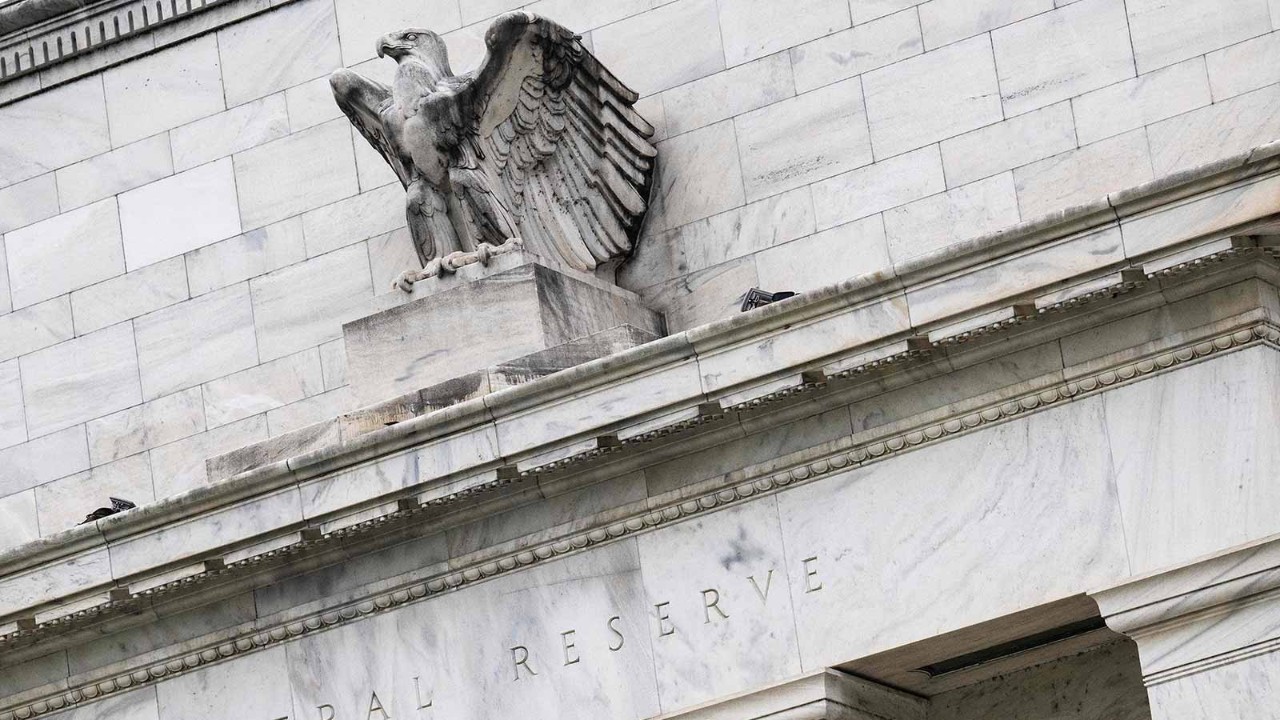
Among the greatest fears of any central banker is a wage-price spiral. This occurs when an increasing cost of living leads to a surge in salaries, creating a self-reinforcing trend and entrenching high inflation.
Once this process has started, the unfortunate central banker has little option but to swiftly raise the cost of borrowing, pushing the economy into a deep recession until high unemployment moderates wage growth.
Worrying signs
For the first time since the 1970s, this is the threat facing the US Federal Reserve, according to some economists. A great deal hinges on the outcome. A severe downturn in the US would ripple through the global economy and financial markets. It would also undermine the outlook for corporate profits – lowering consumer demand at a time when margins are being compressed by higher labour costs.
The scarcity of workers relative to demand may not be quite as serious as the data are suggesting
So how great is the risk? There are certainly many worrying signs that corporate demand for workers in the US is out of control.
The most obvious is unemployment. At 3.6%, the latest US jobless rate is again ultra-low by historic standards – having declined from a near 15% peak at the height of the pandemic in April 2020. For context, the current share of Americans without work is only fractionally above the lowest level since 1969.
However, low unemployment on its own has not always caused inflation. The jobless rate fell to 3.5% in February 2020 – at a time when the inflation rate stood at a relatively tame 2.3%, only a jot above the Fed’s 2% target.
Openings abundance
While the unemployment figure in isolation is not so problematic, other labour market indicators are also flashing amber – if not red. One of the most closely followed metrics is data from JOLTS (the Job Opening and Labour Turnover Survey). This suggests that there are almost two job openings for each American looking for work. More typically, the unemployed outnumber job openings – even in relatively prosperous times.
And this does appear to be leading to the fastest rate of wage rises in many years. The most respected metric is perhaps the Atlanta Fed’s three-month rolling average of median wages. This stood at 6.1% in May, more than double its rate in the same month last year. This does add credence to concerns that companies are being forced to compensate workers for higher prices – a precondition for a wage-price spiral.
If wages run ahead of productivity, the results could be deeply damaging for the US and global economies
Then there are the anecdotal signs that companies are bidding up wages for workers in high demand. Microsoft recently said it would near double its global merit budget to retain employees, with CEO Satya Nadella saying: ‘Our talent is in high demand.’ The trend appears broad-based, with a recent study by PayScale finding that 92% of organisations are planning to give base-pay increases this year, while 85% are worried about the impact of inflation.
Purple squirrel alert
So far, so ominous. But it seems too early for either employers or the Fed to get too alarmed. First, not all jobs that are advertised actually exist. With the cost of posting open positions coming down thanks to online sites such as LinkedIn, more employers are advertising for positions that would be created only if a perfect candidate surfaces.
‘These are purple squirrel vacancies,’ Fed governor Christopher Waller recently told reporters, referring to the rare woodland creatures with pastel fur. ‘They are not real.’ While it is hard to quantify exactly what share of adverts are for non-existent jobs, the scarcity of workers relative to demand may not be quite as serious as the data are suggesting.
A second grounds for cautious optimism is the gradual return of workers who left the labour market during the pandemic – as illustrated by the labour force participation rate. There are some indications that the rising cost of living is forcing some Americans who took early retirement to re-evaluate their financial plans – and seek work again.
Younger workers making a living as online influencers may also need to supplement their earnings with more conventional work. If this is the case, there could be extra slack in the labour market, beyond the level suggested by the pure unemployment figure suggests. As of June, 62.2% of Americans were either in work or seeking employment, still well below the pre-pandemic level of 63.4%.
Unpicking productivity data
Finally, there is the issue of productivity. If increasing wages are being matched by rising output – higher productivity – this mitigates or limits any negative impact on either profit margins or inflation.
The rising cost of living is forcing some Americans who took early retirement to re-evaluate their financial plans
Evidence here is mixed. Revised first-quarter data did point to higher cost per unit of labour – with a 12.6% increase. But this is a hugely volatile series with large single-quarter spikes in both 2012 and 2014 that did not end up signalling longer term cost increases for companies. In the prior quarter, for example, unit labour costs only increased by 1%.
A simpler metric may provide a clearer picture. Overall, US GDP at $24.4 trillion in the first quarter was more than 10% larger than the first quarter of 2020, before the full impact of the pandemic was felt. Yet this output is being achieved with a workforce that is only now getting back to the same size as prior to the pandemic, at around 164 million. This in an unmistakable sign that companies have been getting more output from the same workforce.
There are certainly no grounds for complacency, either by companies or the central bank. If wages are allowed to run ahead of productivity, the results could be deeply damaging for the US and global economies. It could also spell a period of leaner profit margins for companies, which are already coming under pressure from higher commodity prices.
But so far – with wages still lagging behind consumer price inflation, which hit a four-decade high of 9.1% for June – it is still possible that companies and policymakers can avoid a perilous overheating of the jobs market.


